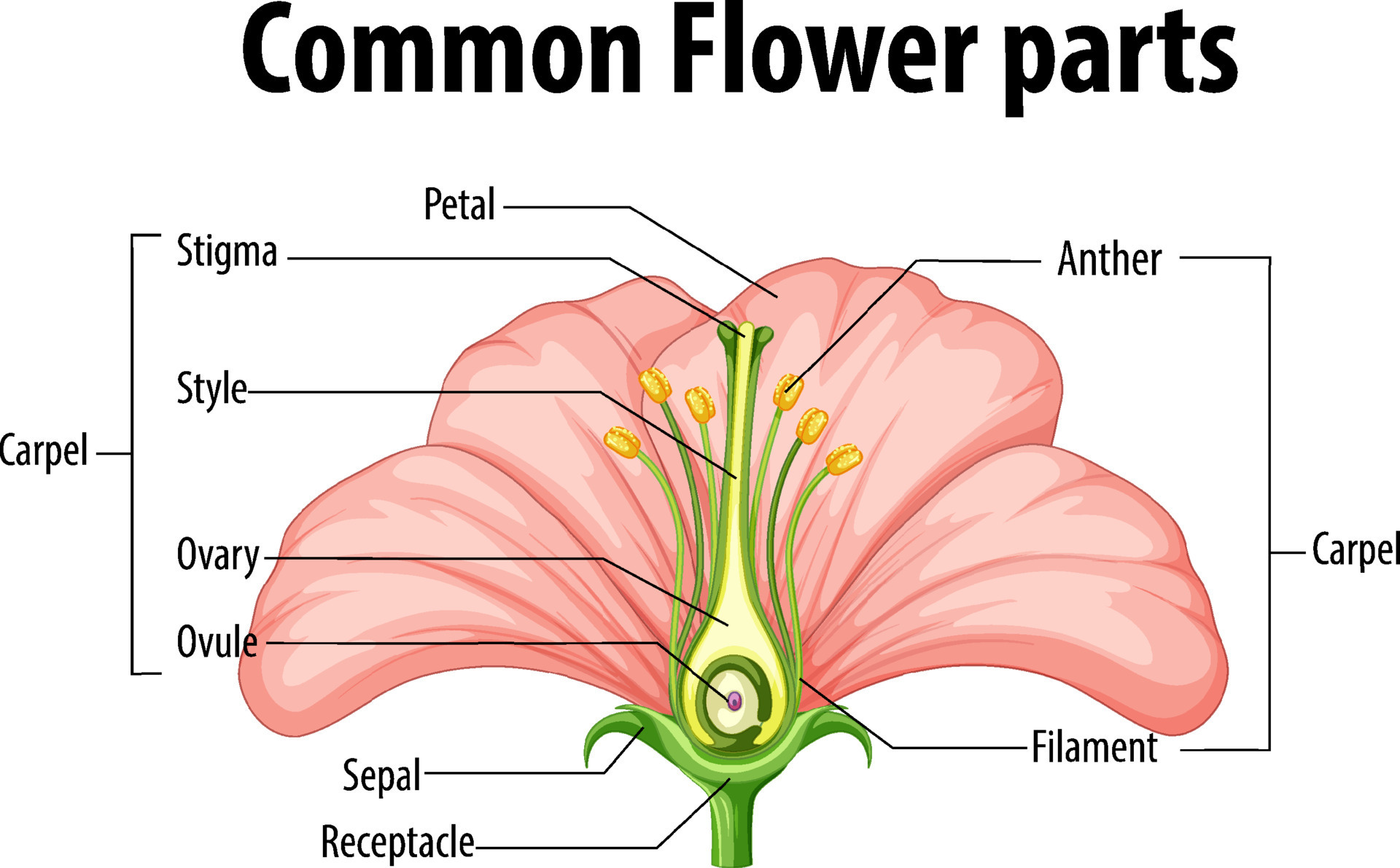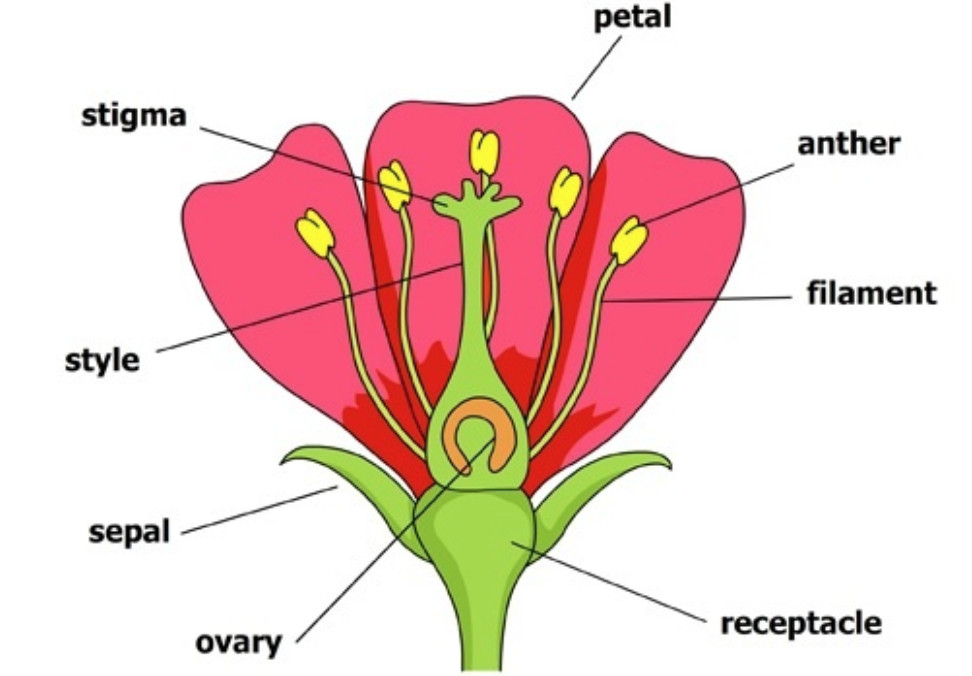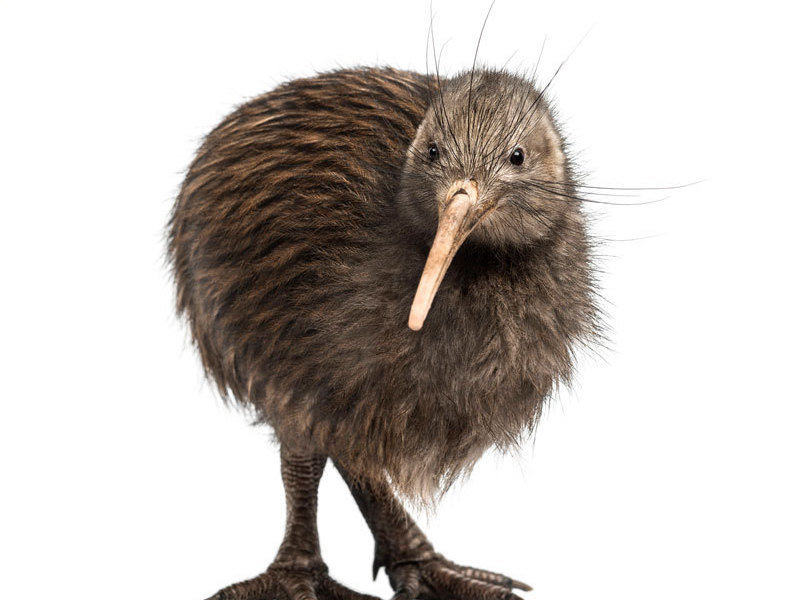What is a plant.
A plant is a living thing that can turn sunlight, water and CO2 into food.
Structure of a plant

Roots – The plant roots anchor the plant to keep it in place in the ground and absorb water.
Stem – The stem transports water and and nutrients up the roots all the way to the leaves.
Leaf – The Leaves produce’s food for the plant by photosynthesis.
Seeds – seeds are fertilised, mature ovules (an organ that forms the seeds of flowering plants) – the result of of sexual reproduction in plants.
Flower – Flowers attract pollen substances to plants.

Nucleus – The nucleus contains the genetic material DNA.
Cytoplasm – The cytoplasm is the jelly-filling where chemical reactions occur.
Cell Membrane – The cell membrane is a skin that only allows water to soak through.
Mitochondria – The mitochondria makes energy for the cell.
Cell wall – The cell wall is a hard shell that protects the cell and keeps its shape.
Vacuole – The vacuole is the large water bubble in the middle of the cell.
Chloroplasts – The chloroplast contains green chlorophyll that turns sunlight into sugar.
Animal cells do not have a cell wall or chloroplasts
What is pollination
Pollination is when bees,insects and birds have to do to transfer pollen grains to female and male stigma to create seeds.
Pollination is the act of transferring pollen grains from a male flower to a female stigma. organism, including plants, is One of the ways that plants can produce offspring is by making seeds.
This is how pollination works:

The wind or animals, especially insects and birds, pick up pollen from the male anthers and carry it to the female stigma. Flowers have different shapes, colours and smells, and often sugary nectar and nutritious pollen, to encourage animals to visit and pollinate them.

The Tui feeds on nectar at the bottom of the flower.
The Tui gets pollen on its head when it eats the nectar.
The pollen on its head is transferred to another flower when the Tui eats more nectar so it can spread and make more.
Germination
What is germination?
Germination is the development of a seed or a spore to grow for a period of time so it can grow and will be good.
Diagram of a flower
Youtube clip of germination
Summary of a germination?
Seeds needs the right conditions to grow usually, this is determined by how deep the seed is planted, water availability and temperature.








